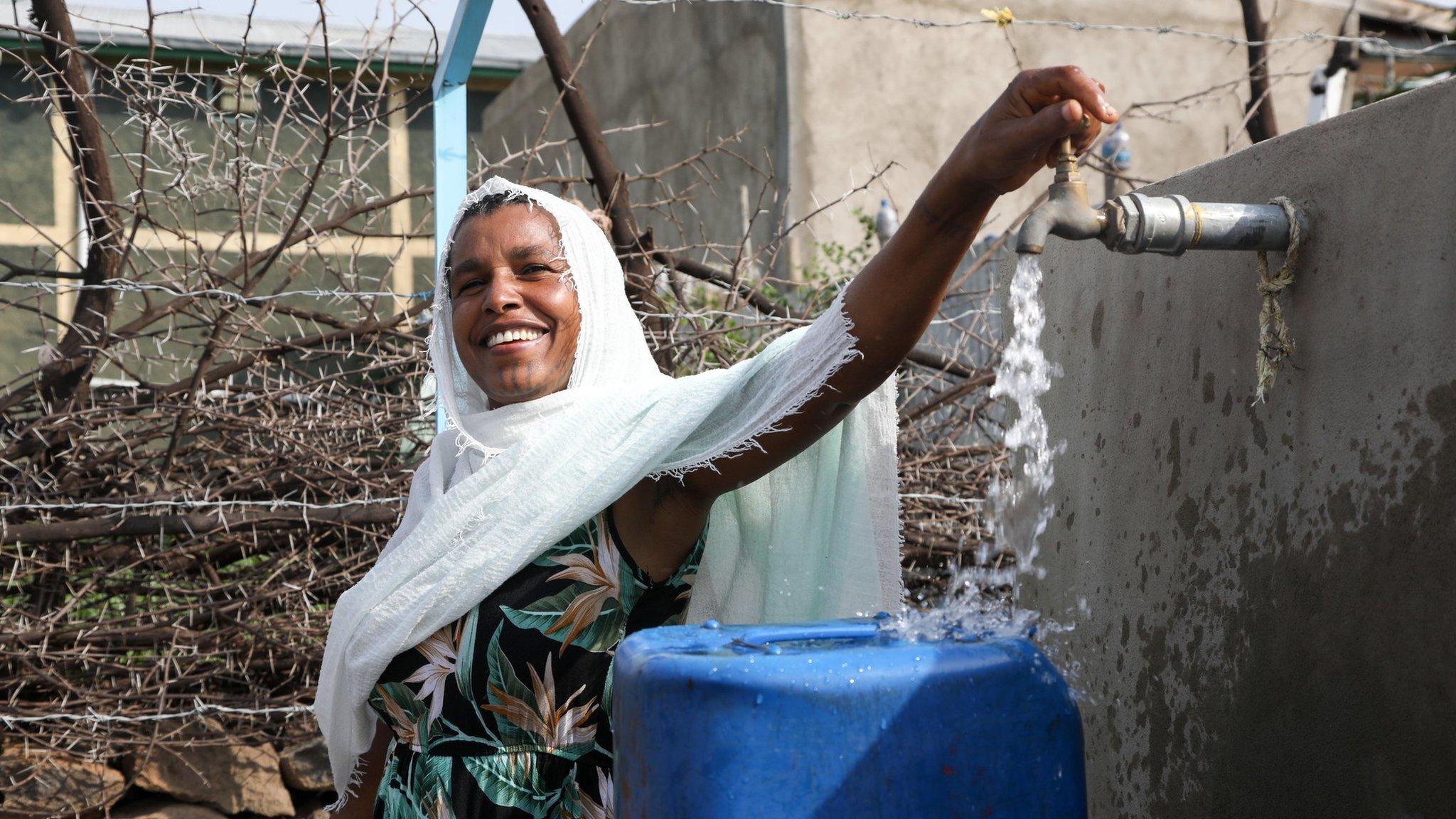UK foreign aid cut: Where does it go and what is it used for?
- Published
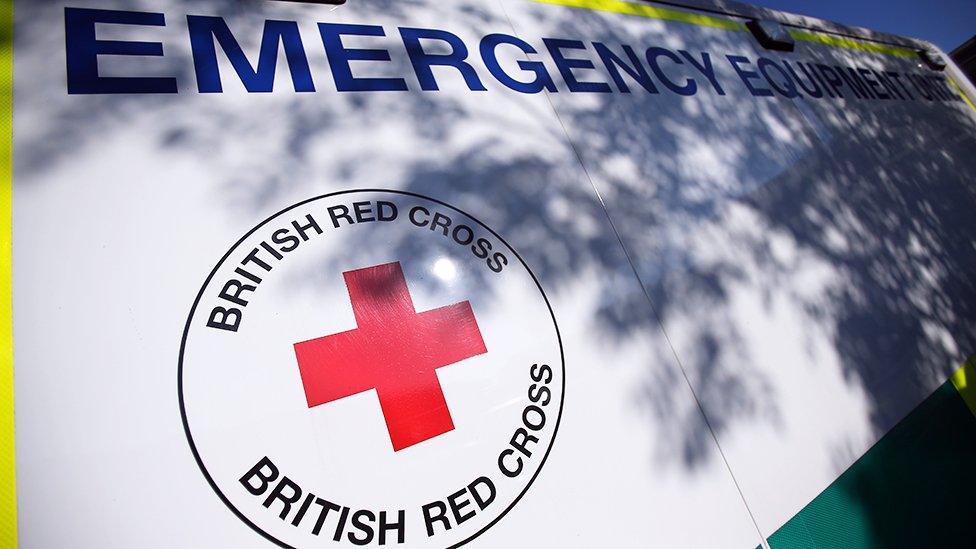
The UK's temporarily cutting back money it gives to other countries, in a move which some charities say will harm poor communities around the world.
The government says the impact of the pandemic on the UK's finances means there has to be a temporary reduction in foreign aid.
The target for foreign aid spend has usually been 0.7% of gross national income - but that will come down to 0.5% which will be around £4bn less.
But what is the money actually used for?

The UK provides aid to crisis hit areas
In 2020, Britain spent £14.5bn on aid, meeting that 0.7% target, according to provisional data, external.
There's always been debate over the UK's aid spend, with some people saying the UK shouldn't be helping people overseas while cutting services at home.
They argue problems of poverty and inequality are being fuelled by conflict, corruption and political instability which makes foreign aid worthless.
Others say it's a mark of the UK's generosity and helps address the difference in wealth between developed and developing countries - and helping to save lives.
What is foreign aid?
In its most basic definition, foreign aid is resources given from one country to another.
It can involve a transfer of things like food or military equipment, or even people to provide training and medical help.
Usually these are loaned by governments, organisations and individuals in richer countries to help people in poorer countries.
An example would be the UK sending £200m to help developing nations battle coronavirus.
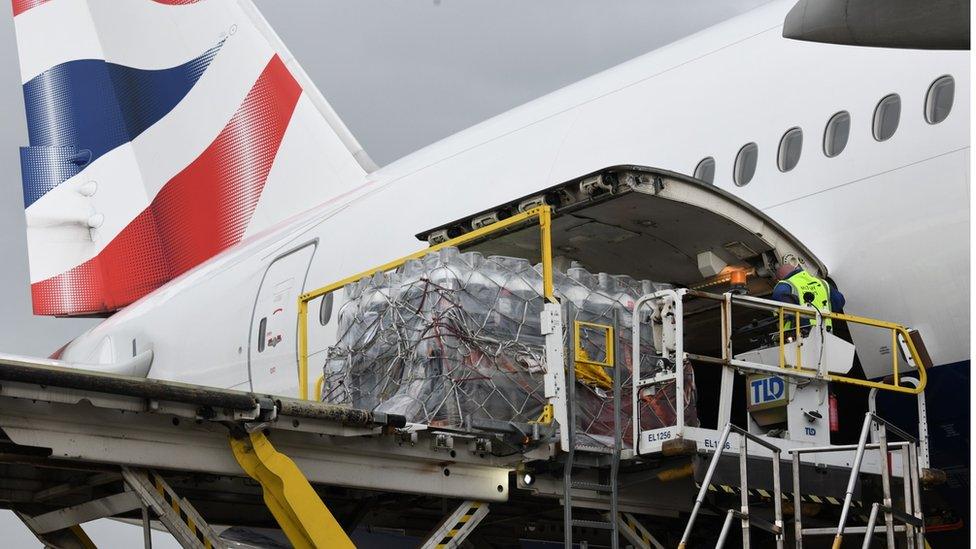
The UK is among countries to send medical supplies to India to help its coronavirus efforts
There are different types of aid, such as emergency or short-term aid which is needed after sudden disasters such as earthquakes, flooding or tsunamis.
Conditional or tied aid is when one country donates money or resources to another but with conditions attached, for example a trade deal.
There is also aid funded by donations from the public through charities such as Children in Need.
Long-term or development aid involves providing local communities with education and skills.
Money shared through international organisations such as the World Bank or UN, rather than by one specific country, is called multilateral aid.
Where does the aid go?
Overall, the top five countries receiving UK aid were Pakistan, Ethiopia, Afghanistan, Yemen and Nigeria, with almost all the money going to countries in Africa and Asia.
In 2019, the UK spent £1.5bn on humanitarian assistance - which is short-term help in immediate crises - mostly in Yemen, Syria and Bangladesh, statistics show.
Around £1.4bn was spent on health projects including medical research, family planning and infectious disease control globally.
The 'temporary reduction'
There will be cuts across lots of different areas.
"The impact will be profound and very damaging, particularly for poor people," says Professor Guy Howard, an expert in international development from the University of Bristol.
The UN Population Fund, which supports family planning, says an initial commitment by the UK to spend £154m on supplies this year will shrink to £23m - and there'll also be a drop in funding to the UN's children fund, Unicef.
And funding for things like water, sanitation and hygiene projects will reportedly be cut by more than 80%.
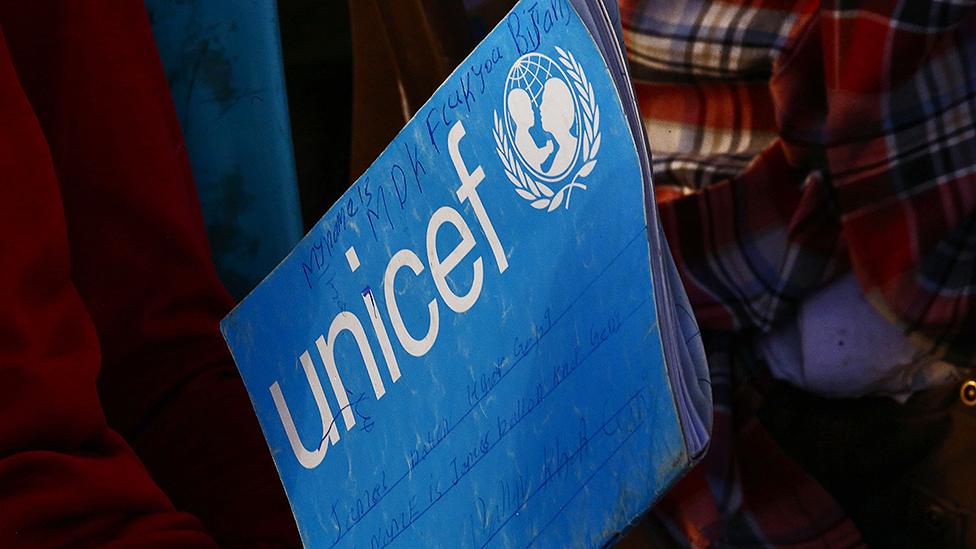
The UK contributed £176m to water, sanitation and hygiene projects in 2019 - so an 80% cut would represent a budget of around £36m
Prof Howard feels cutting back aid from a "core public health area seems odd."
He wants to see a reverse to cuts in water and sanitation because "that's the foundation of public health" and vital in dealing with different diseases.
"We often forget a thousand children a day die of diarrhoea because of poor water sanitation."
It's an important goal in its own right, he says, "but what Covid has shown us is just how important water supply is in combatting the disease.
"If you have to collect water from a shared water point, social distancing will be virtually impossible."
What does the government say?
As the amount the UK donates is a percentage of national income, the amount of money it spends on foreign aid would have been less this year even before the cut was announced. That's because the economy's got smaller during the pandemic.
But Prof Howard says the decision to cut 0.2% makes it an even more difficult situation for the countries which receive the aid.
Several countries have met the 0.7% UN aid target including Denmark, Luxembourg, Norway and Sweden, according to the Organisation for Economic Cooperation and Development.
But many others don't hit the target.
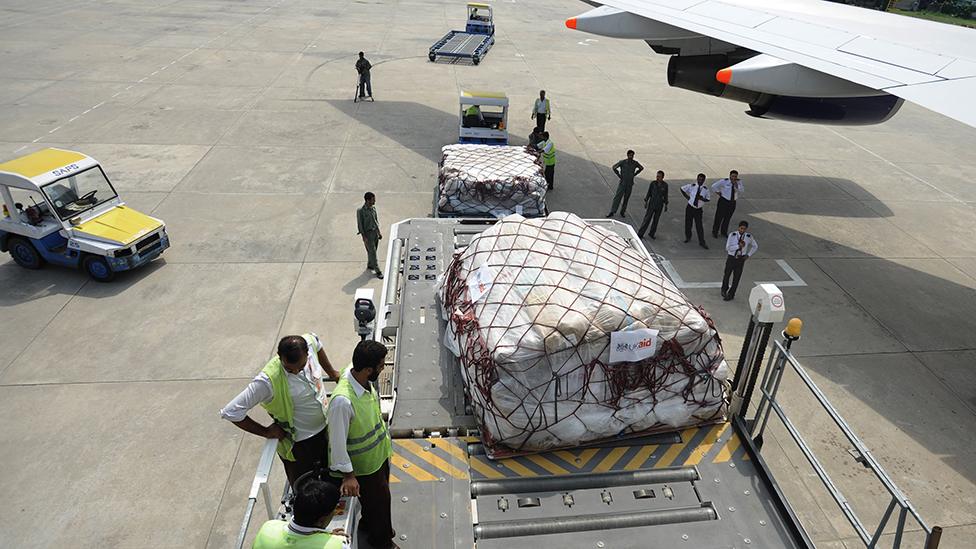
International organisations have schemes to provide food to poorer countries
Foreign Secretary Dominic Raab said the changes reflected a "strategic shift" in UK aid spending.
A spokeswoman from the Foreign, Commonwealth and Development office told Newsbeat reducing spend was a "tough but necessary decision" and the government's "committed to returning to 0.7%" once the financial situation allows.
More than £1bn will be spent on Covid and global health, £500m towards tackling climate change and £400m on getting girls into education.
Much of the humanitarian aid budget will be focused on countries most at risk of famine such as Yemen, Syria, Somalia and South Sudan.


Follow Newsbeat on Instagram, external, Facebook, external, Twitter, external and YouTube, external.
Listen to Newsbeat live at 12:45 and 17:45 weekdays - or listen back here.
- Published29 April 2021
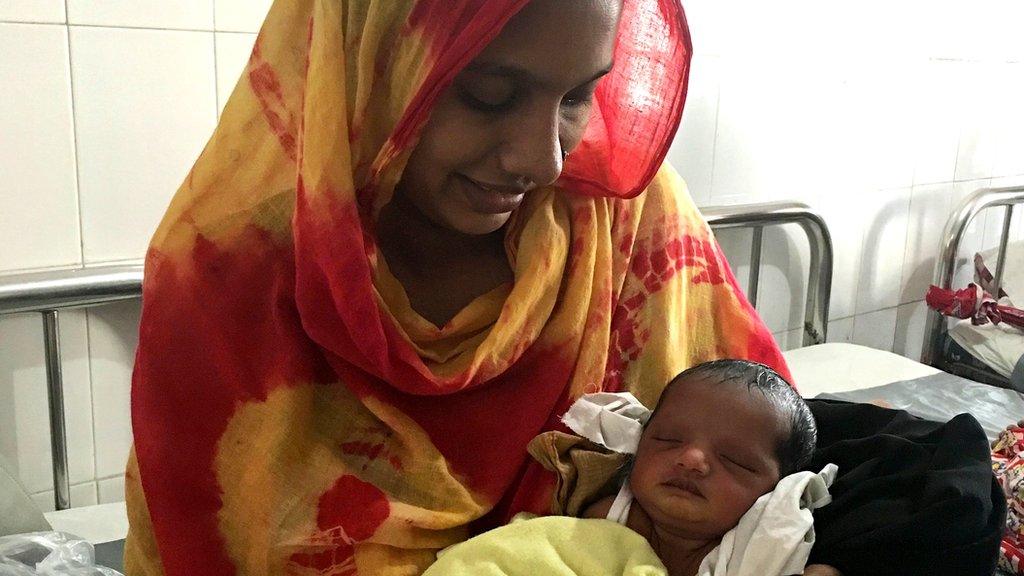
- Published26 November 2020
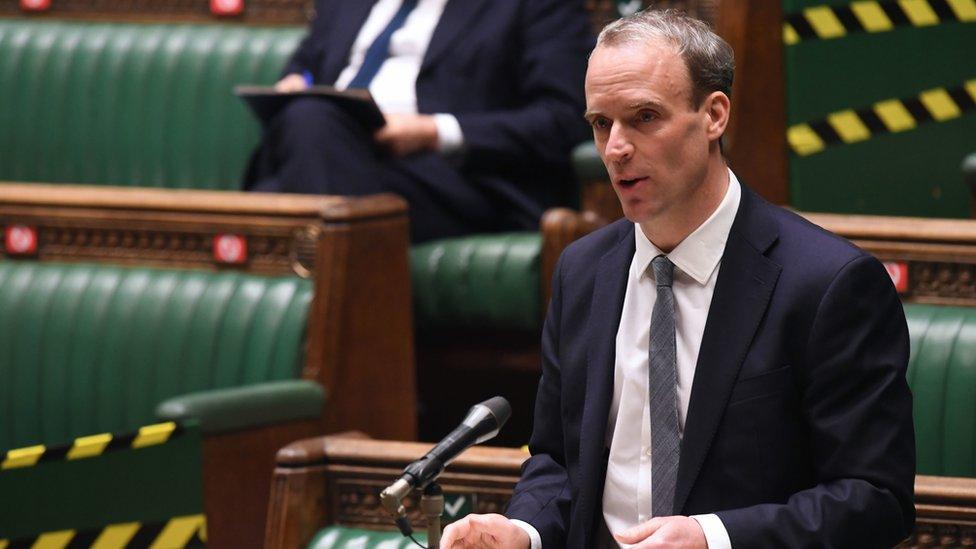
- Published21 April 2021
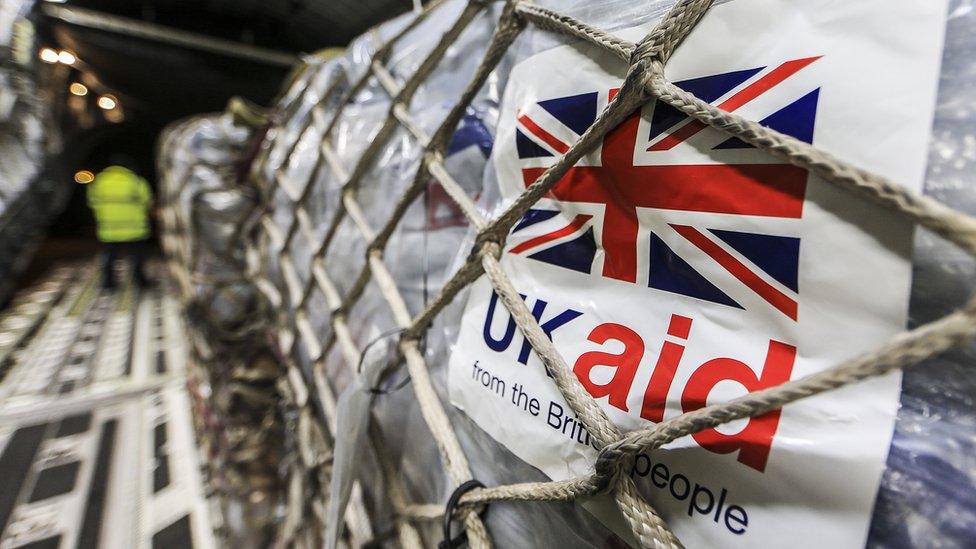
- Published28 April 2021
